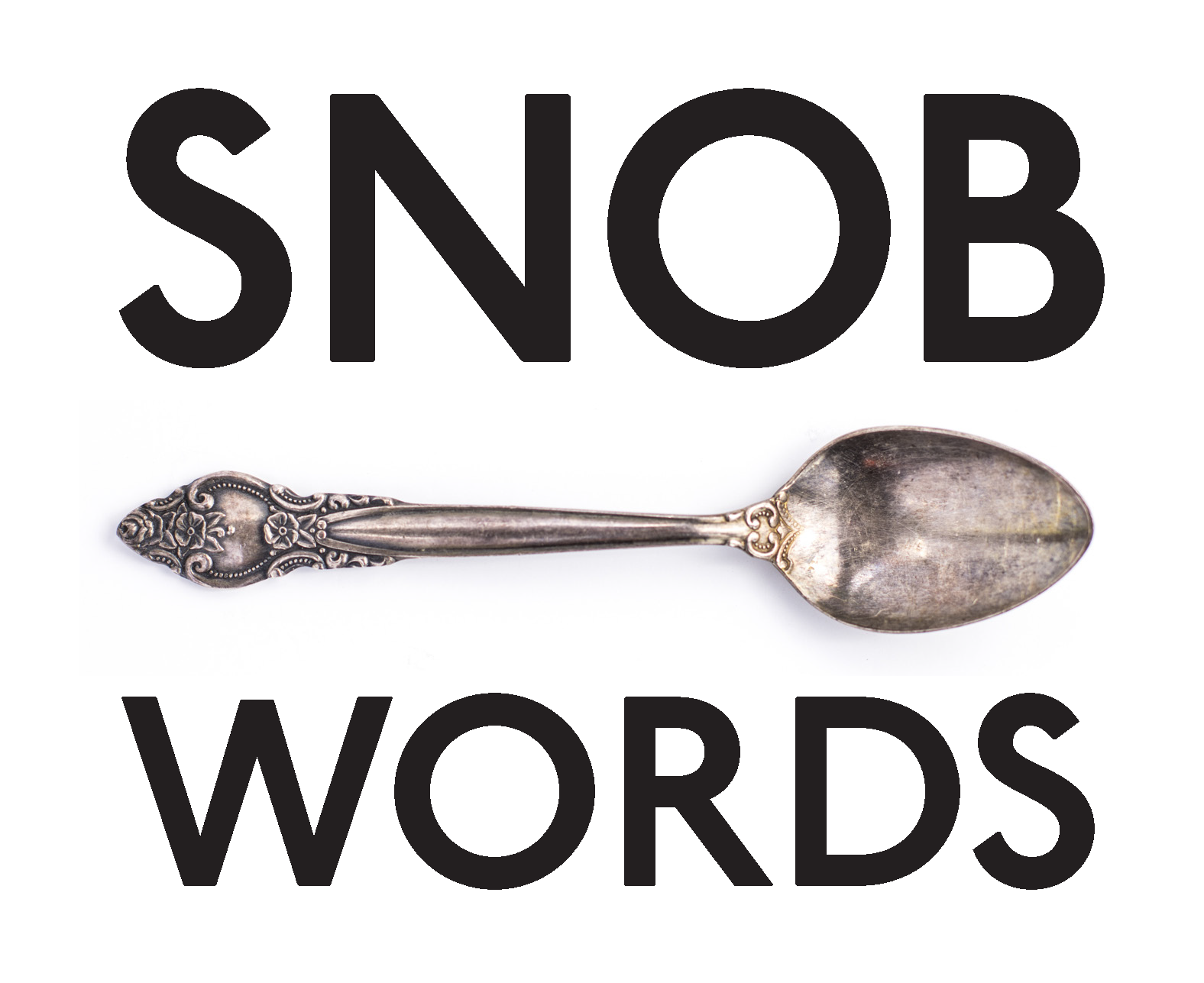in-ter-METS´-oh
(‘interlude’ in Italian)
Historically, an intermezzo is any short entertainment, dance, or musical piece performed between the acts of a play or an opera.
Today the term is generally reserved for opera, meaning an instrumental interlude performed halfway through the work.
The use of intermezzi (the proper plural) began in 15th-century Italy, where they consisted of short segments of song, dance, or spoken dialogue—or any combination of the three elements—used to break up a longer performance.
During the 17th and 18th centuries, however, intermezzi became comic spectacles performed between the acts of serious opera, or opera seria. These intermezzi often attracted more attention than the operas themselves, which led to the development of the more comic opera buffa (also defined below).
By the 19th century, the definition of intermezzo had come to mean a short instrumental piece filling the gap between two sections of any relatively long theatrical presentation.
One well known orchestral intermezzo is that belonging to Cavalleria rusticana (1889), a one-act opera by Pietro Mascagni (1863-1945).
Note: intermezzo is also used currently to refer to a small serving of sorbet or other palate-cleanser offered midway through a multicourse meal.
The opera featured a delightful instrumental intermezzo, but Harry, of course, snored all the way through it.
